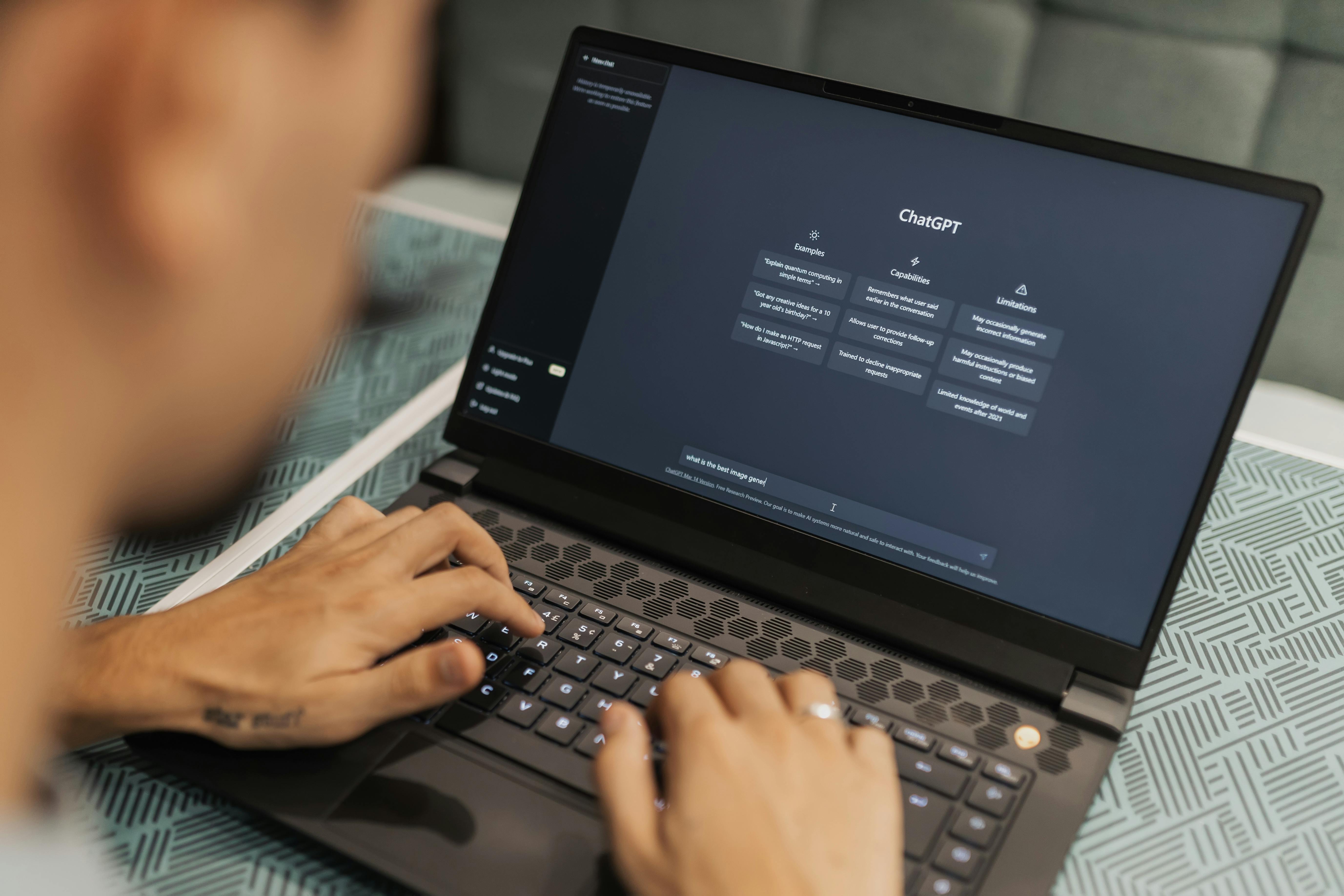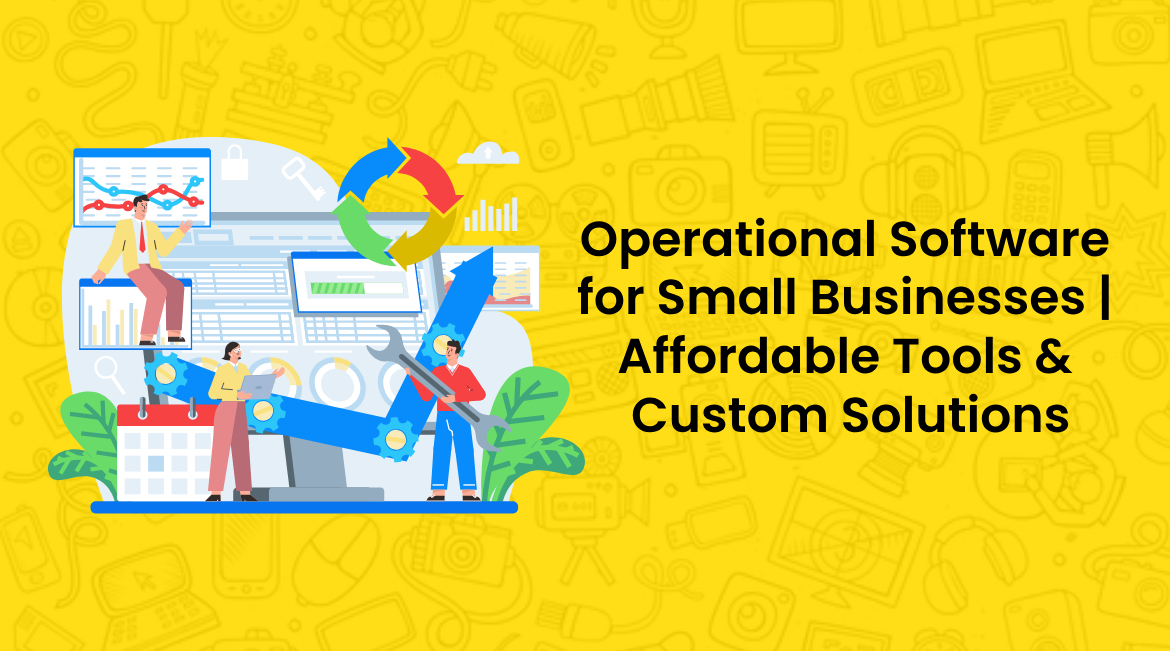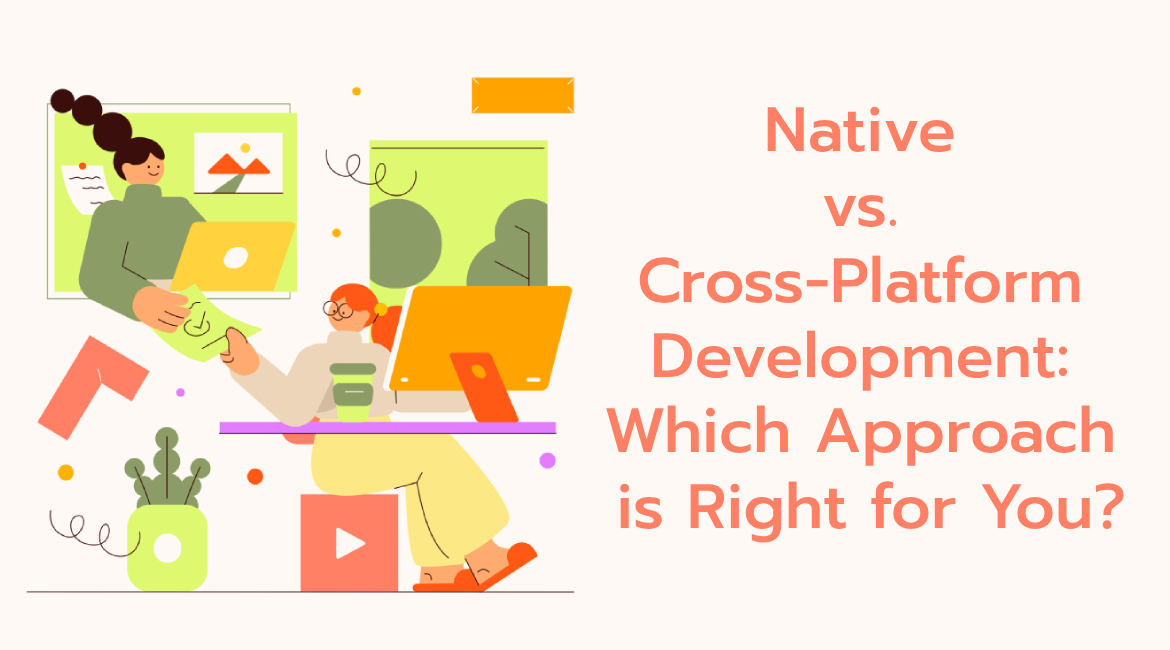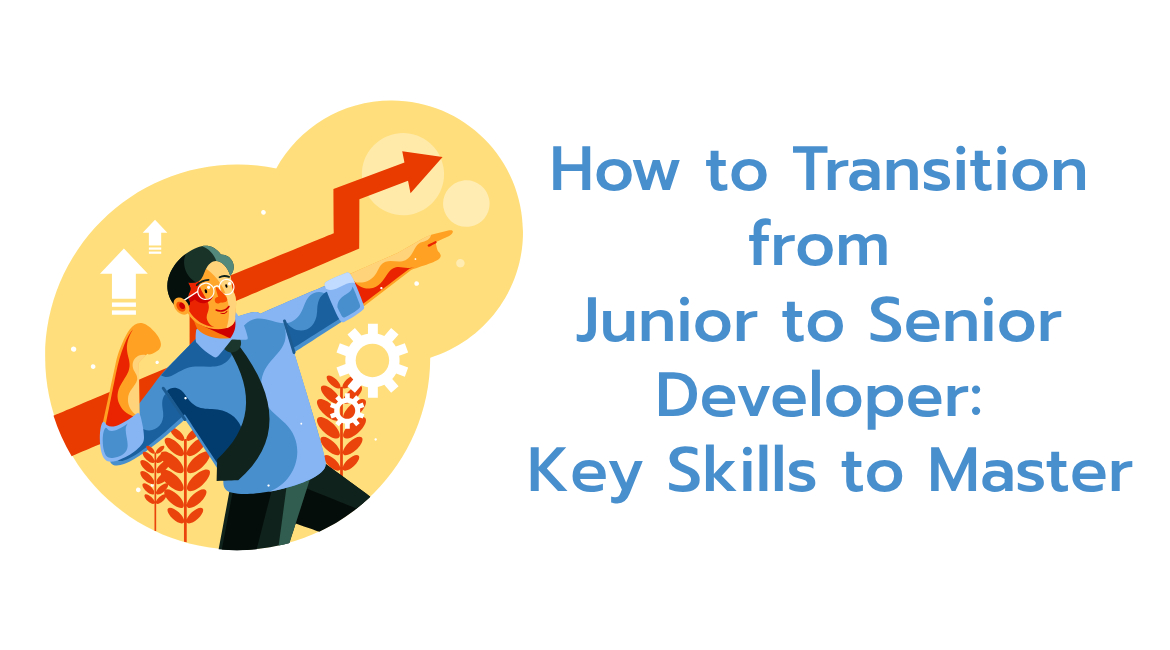The shipping industry, long rooted in tradition and operational resilience, is now undergoing a profound transformation driven by Agentic AI.
This is not merely the automation of tasks—it is a redefinition of how maritime ecosystems think, decide, and evolve.
Across shipping routes, port operations, supply chains, and workforce models, Agentic AI is enabling a new era of intelligence, autonomy, and adaptability.
From Reactive Operations to Proactive Intelligence
Historically, shipping operations have been reactive by nature. Decisions about routes, maintenance, and cargo management were largely based on historical data, human judgment, and manual interventions.
Even with the digitalization wave, much of the decision-making remained static and slow to adapt to real-time changes.
Agentic AI transforms this reality.
By continuously sensing marine conditions, geopolitical risks, regulatory changes, and supply chain dynamics, Agentic systems autonomously adjust shipping plans in real time.
They optimize routes not just for efficiency, but for evolving variables like carbon emissions regulations, piracy threats, port congestion, and weather disruptions.
Today, certain large global shipping fleets are already using intelligent voyage optimization platforms to dynamically adjust vessel speeds and routes based on real-time weather and sea traffic data. This proactive intelligence has resulted in noticeable fuel savings and improved delivery reliability, demonstrating how operational decisions can be guided minute-by-minute rather than pre-planned weeks in advance.
Maritime operations are moving from scheduled, manual interventions to autonomous, continuously adapting systems—creating fleets that are smarter, safer, and significantly more efficient.
Intelligent Ports: Dynamic, Self-Optimizing Ecosystems
As global trade intensifies, ports have become critical choke points—and traditional port operations are reaching their limits.
Agentic AI is enabling ports to transform into intelligent, adaptive ecosystems.
Berth allocations, crane operations, cargo loading, and customs processing are no longer managed through rigid schedules and manual coordination.
Instead, ports now utilize Agentic systems to dynamically orchestrate activities based on live vessel movements, cargo profiles, weather forecasts, and labor availability.
For example, some of the world’s busiest ports have already implemented AI systems capable of predicting vessel arrival times with up to 90% accuracy days in advance. This enables them to optimize berth assignments, manage cranes autonomously, and minimize ship idle times, leading to faster cargo turnover and enhanced operational resilience.
Ports are moving toward real-time optimization, leading to faster turnaround times, reduced congestion, improved sustainability, and enhanced economic throughput.
This evolution is setting a new standard: ports that think, adapt, and optimize continuously, rather than reacting to bottlenecks after they occur.
Toward Self-Healing Supply Chains
The shipping industry serves as the critical backbone of global supply chains.
Yet supply chains remain highly vulnerable to disruptions—from extreme weather events to geopolitical instability to pandemics.
Agentic AI is enabling the emergence of self-healing supply chains.
Multi-agent simulations predict potential disruptions across oceans, ports, and inland logistics networks.
Dynamic rerouting, inventory repositioning, and real-time customer updates are orchestrated autonomously without the need for manual escalation.
Some global freight and logistics providers have begun leveraging AI-driven simulations to anticipate port delays and proactively adjust shipping routes and inventory distribution. By acting days ahead of developing bottlenecks, they are able to maintain service reliability while competitors face disruptions.
This new capability moves beyond resilience.
It establishes a future where supply chains proactively maintain continuity, protect customer commitments, and minimize financial exposure, even amid volatile global conditions.
Driving the Decarbonization Agenda
Decarbonization has shifted from being a regulatory pressure to a strategic imperative for the shipping industry.
- Agentic AI plays a pivotal role in enabling sustainable shipping by:
- Continuously optimizing vessel speed and routing to minimize fuel consumption.
- Selecting optimal energy sources across hybrid fleets.
- Predicting carbon emissions at the voyage, fleet, and enterprise levels.
- Enabling dynamic compliance with evolving international regulations like IMO 2023 and regional carbon pricing schemes.
Vessel operators today are already seeing up to 20% reductions in fuel consumption and corresponding emissions by implementing AI systems that continuously adjust speed and operational parameters in real time.
In some cases, AI-enabled voyage planning even integrates wind patterns to dynamically optimize propulsion strategies, blending traditional sailing techniques with modern sustainability imperatives.
Rather than treating ESG as a reporting exercise, Agentic-driven shipping companies are embedding sustainability into the heart of operational strategy—turning carbon efficiency into a competitive advantage.

The Evolution of the Maritime Workforce
While automation has sparked concerns about workforce displacement, Agentic AI is reshaping—not eliminating—the role of humans in the shipping industry.
Crews are increasingly empowered by real-time advisory systems, predictive analytics, and autonomous decision support.
Critical decisions, from navigation adjustments to cargo handling optimizations, are now enhanced by AI-driven recommendations, allowing human operators to focus on strategic oversight, safety assurance, and complex problem-solving.
Onboard systems are now advising bridge officers with real-time navigation optimization, enhancing operational safety while keeping human commanders fully in control.
Rather than replacing expertise, AI is augmenting it—supporting seafarers to operate vessels more efficiently, make faster informed decisions, and manage emergent situations with better situational awareness.
The evolution demands a new set of skills: AI literacy, ethical governance, systems thinking, and the ability to collaborate effectively with intelligent systems.
Shipping companies are recognizing that investing in human-AI collaboration will be vital to fully realizing the benefits of this technological transformation.
Rethinking Governance and Trust
The adoption of Agentic AI also introduces new imperatives for governance, transparency, and trust.
Autonomous decisions—whether rerouting a vessel, prioritizing cargo unloading, or optimizing fleet-wide logistics—must be explainable, auditable, and aligned with stakeholder interests.
Shipping leaders must ensure that:
- Autonomous systems operate within clearly defined ethical and legal boundaries.
- Accountability frameworks are established for AI-driven actions.
- Cybersecurity protections are robust against the increased attack surfaces created by interconnected, intelligent operations.
Industry classification societies and maritime regulators have already started issuing new guidelines specifically focused on certifying AI-enabled ship systems. These frameworks emphasize transparency, risk management, cybersecurity, and ensuring that human oversight remains a non-negotiable element even in highly autonomous environments.
Building and maintaining trust—with regulators, partners, crews, and customers—will be as critical as achieving operational efficiency.
- Establishing seamless digital integration across fleets, ports, and inland logistics.
- Investing in adaptive infrastructure that supports real-time decision-making.
- Building talent ecosystems that combine deep maritime expertise with advanced AI capabilities.
- Cultivating new forms of collaboration across the shipping value chain—from shipbuilders to technology innovators to regulatory bodies.




